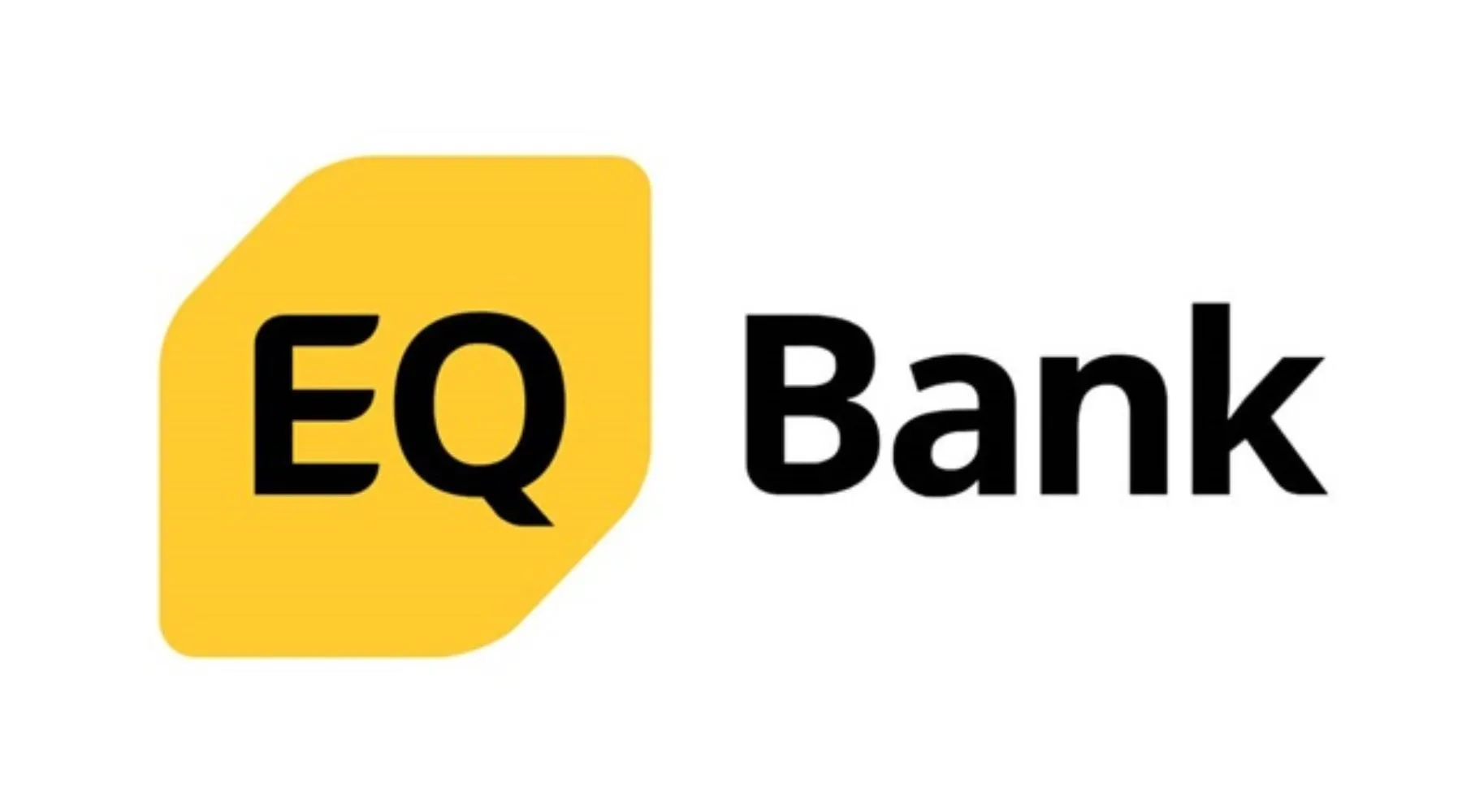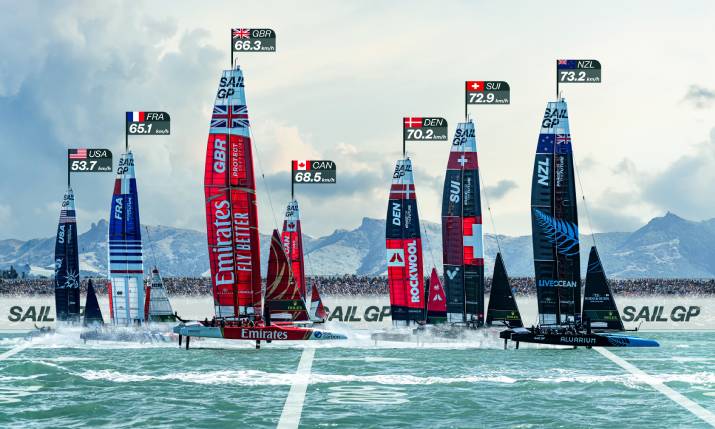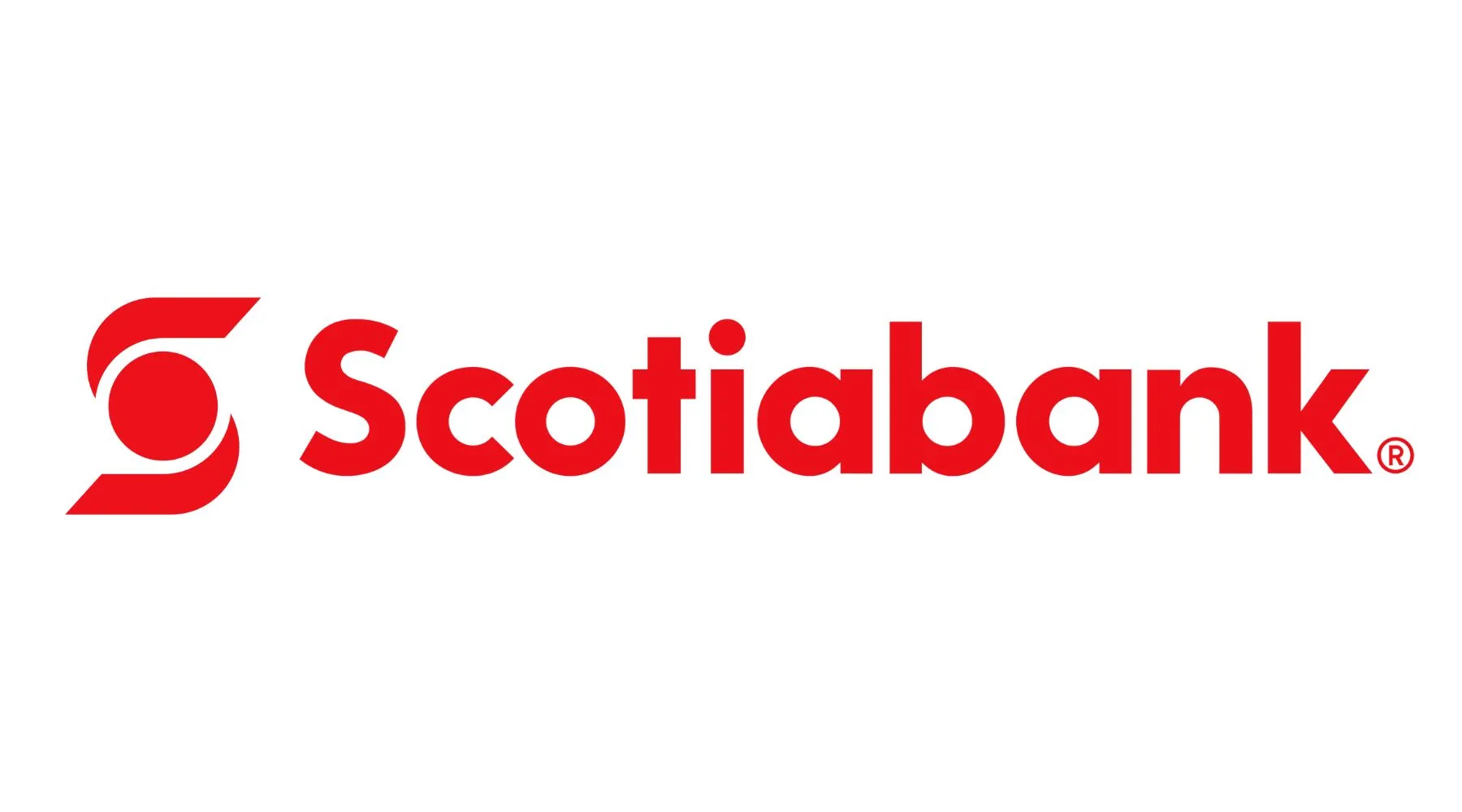Latvia v Norway at the 2023 World Championship. Credit: IIHF
The 2023 IIHF Ice Hockey World Championship features several cutting-edge innovations, including immersive replay technology, new ice rink level microphones, bench cameras and a red line camera to offer an additional perspective – plus a 35-camera setup for the Semi-Finals and Medal Games this weekend. Infront Productions’ Peer Seitz explains all about the production of the tournament.
The Ice Hockey World Championship reaches its climax this weekend, with semi-finals between Canada v Latvia and USA v Germany on Saturday, ahead of the Gold Medal game on Sunday.
Co-hosted by Finland and Latvia, some 80 broadcasters across 150 territories have been broadcasting the 2023 IIHF WM, which began on Friday 12 May with 16 teams taking part. Infront, the International Ice Hockey Federation’s (IIHF) exclusive media and marketing rights partner, has also been tasked with host broadcaster duties for some 45 live TV broadcasters, 30 news and highlights broadcasters, and four radio partners. Fans in territories without a broadcast partner have been able to stream all games live on the IIHF’s official YouTube channel.
Infront took over full host broadcast duties in 2018, and since then it has introduced a raft of innovations and new technology to improve coverage of the fast-paced sport.
“Hockey is very much a camera 1 sport,” says head of Infront Productions Peer Seitz. “You cut to the close ups and to the two handheld cameras in the corners when the action is there and when somebody gets checked into the plexiglass, but the percentage of time spent on camera 1 is even higher in hockey than football because of the speed of the game; the time the puck needs to cross the entire ice rink is rather short.”
Peer Seitz, Infront Productions
When Infront took over host broadcast duties in 2018 it added two super motion cameras behind the goals, replacing the single speed cameras that were mounted above the plexiglass that surrounds the rink.
“We changed them to super motions in order to really be able to see in the replays what happened to the puck, because a lot of time it may have been deflected or there may be a very close save, so the super motions are essential to the live coverage.” Infront Productions also switched from 1080i to 1080p to boost the quality of images and future proof the content that was captured.
Camera plans and audio enhancements
With the 16 teams split into two groups, games are being played at the Arena Riga in Latvia and the Nokia Arena in Tampere, which will also host the semi-finals, the bronze medal game and the gold medal game.
“In terms of the camera plan, we treat both venues exactly the same,” says Seitz. “We don’t make a distinction between the main and secondary venue, which is only called ‘secondary’ because it’s active until the quarter-finals. The only changes to the camera plan are some add-ons to the production plan for the semi-finals and the finals.”
Each venue has 31 camera signals, ranging from main cameras to super motions, robotics to handhelds and also 4G-enabled cameras for bus arrivals and fan coverage. That coverage will be topped up for the final weekend with five additional cameras, one of which one is an ultra-motion, plus an additional robotic super motion on the centre line just above the plexiglass. In addition, there will be a 2D cable camera system for the final weekend plus two locked off shots of the team benches this year to capture the reactions of players and coaches.
Bartlett TM125 Boundary microphones have also been added to the production setup for this year’s Ice Hockey World Championship. “The standard is to put lapel mics on the ice rink, but the quality is not great for atmosphere and the sound of the ice, so we have new microphones which we hang on to the plexi around the rink, which really pick up the sound mainly from the ice rink.
“They are much better quality and range and our audio guys are super excited about them,” says Seitz. “At the source, we hope for a much better sound, and I would hope that that translates also to the viewers at home. And we also have the Dolby microphone above camera one, as well as associated mics with the handheld cameras plus more to capture crowd noise.”
Signals are exchanged between the two venues (which are some 580km apart) including the dirty and clean version of the world feed plus a couple of isolated feeds, via distribution partner Globecast. “They have set up a complete ring infrastructure, so in case of a loss of connectivity from Riga to the distribution hub, all the feeds go via Tampere to another distribution hub. So that’s the safety we have – two physically independent fibre routes to the distribution hub for Globecast.”
Infront is working closely with NEP Sweden, which has recruited most of the production personnel. “NEP Sweden knows hockey inside out which is a big help,” says Seitz. “For most of our other productions, we try to be as local as possible, which provides some obvious benefits in terms of sustainability. We also produce the two tournaments below the top division, and for those we always produce coverage with local providers.”
For this tournament, Infront decided not to pursue a remote production model. Seitz explains: “Remote production for reoccurring events and venues makes a lot of sense. But we have such a tight schedule that I think in terms of atmosphere and for the sake of our directors and our teams we all benefit from being in the arena rather than working remotely.”
That said, there are some elements being produced off site. Each venue has its own ENG team for capturing content for post-produced items, such as lineups where the ENG crews film the players in front of a green screen for the animated line-ups used in the world feed, along with interviews and behind the scenes content. Editing of this content is completed in Munich by DropIn-TV, a German production company. Also, digital production for distribution via social media channels is being handled off-site by Infront’s hub in Milan, Italy.
Virtual advertising technology
Infront is also working with Supponor on the production of virtually augmented TV feeds for several markets. “We did that in 2018 with another provider, but since last year we have been working with Supponor very successfully,” says Seitz. Supponor is producing three additional feeds of this year’s Ice Hockey World Championship with virtual advertisements tailored to specific markets, replacing several fixed banners on the dasherboards seamlessly. “We provide them just with the programme feed, and they take camera 1. They then process the signals and deliver the virtually augmented feeds to the various partners on-site. It’s a very seamless integration for us.”
Immersive replays
Another significant addition this year is immersive replay technology from Sponixtech. “We give them the camera angles, the different ISO angles and they can actually fly to any point on the ice rink, for example into the eyes of the goalie when there’s a shot on goal. It gives the audience an even better view of the game and helps to explain how difficult the sport is and how precise the players have to be, and how little the goalie usually sees,” says Seitz.
Sponixtech’s immersive replay tech in use for the Sweden v Latvia tie
As with many of the enhancements and additions to the coverage of ice hockey, one of the main aims is to improve viewers understanding of the sport. “We did that in 2018 with referee cams – RF cameras on the helmets of the refs – which are used in the live cut of games.
“We also use them a lot for replays, and those are among the most loved clips from our broadcast partners and on social media because it provides a view from within the ice rink. We always put together like a best of ref cam per game. The ref cams also capture audio, which of course we QC because there can occasionally be some swearing when things get heated. But thanks to our longstanding relationship with the IIHF, we have their trust that we would not put anything out which would discredit any player, official, or anyone participating in the sport.
“Regardless of the fact that you sometimes have people standing head-to-head on the ice and throwing the odd punch, ice hockey is really about speed, physicality, and fairness. No matter how heated it gets on the ice, they can still look each other in the eyes and shake hands afterwards. And the mood in the arenas is always so positive between different groups of fans. And it’s that – the action on the rink and the atmosphere in the arenas – that we want to capture and share with viewers around the world.”


